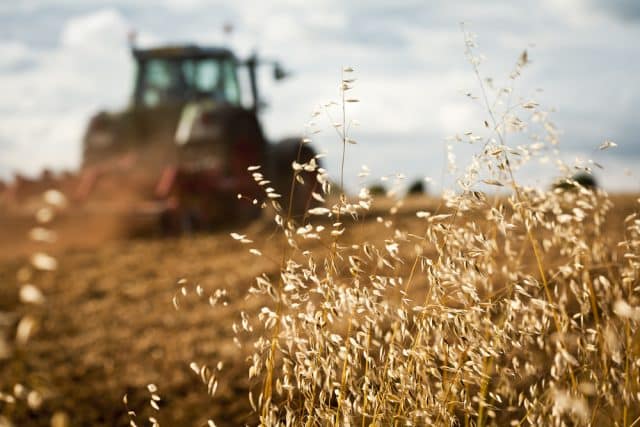Hit the snooze button farmers: The huge potential of applying AI to agriculture

A custom smart farming system can help gather valuable data, provide actionable outcomes, and save farmers significant time, money, and resources.
In recent years, a significant number of agriculture businesses have considered moving from human-reliant farming to autonomous farm management systems. The growing trust between agribusinesses and technology companies, as well as a rich arsenal of technologies that can accommodate the needs of farms, are the two major factors that enable this transformation.
In the UK, a normal crop cycle for wheat takes around six to ten months in fields and four to six months in a greenhouse. With speed breeding, made possible by smart technology, it only takes two to three months for a full wheat crop cycle.
Getting smart with speed
Smart farming systems enable what is now widely known as 'speed breeding'. This practice is used to accelerate the crop cycle, resulting in a larger number of crop cycles per year.
One speed breeding experiment conducted by NASA in the UK and Australia showed that by exposing plants to intensive light regimes, it was possible to grow six instead of two crop cycles per year.
AI and Actionable Insights for growth
Extended light exposure for wheat or chickpeas results in shorter crop cycles, but how do we learn about the exact accelerative factors for other crops? Technology may help.
A classic smart farming system consists of cameras and sensors, gateways, data storage, analytics, and an implementation layer. AI resides in the analytics and implementation layers of the system and transforms all bits of data into actionable insights.
A smart system aided with IR cameras, sensors, and computer vision can see the slightest fluctuations in temperature and humidity, detect growth anomalies and diseases, determine the level of a plant’s ripeness, and track many more important aspects invisible to the human eye. By applying AI in agriculture, farmers can solve the speed breeding puzzle.
In the last two years, agriculture startups have shown that business outcomes from investing in building an AI-driven IoT agriculture system are seen on both local and global scales:
- A smart system may help grow one to four additional crop cycles per year depending on the crop, resulting in a proportional growth of income.
- The price of a smart farming system fluctuates between £250,000 and £400,000 depending on the scale of production, solution structure, and other factors.
- An additional crop cycle may cover all costs of building such a system and, in some cases, even bring a profit in the first year.
- Besides generating additional revenue, shorter crop cycles help businesses cover the growing global demand for food caused by population growth.
The future is bright, and now farmers can get some more sleep in the morning.
There is huge potential in applying AI in agriculture. It will help agribusinesses to make well-informed decisions and grow more crops. Automated farming systems based on this technology will allow agribusinesses to thrive in the years to come. They will also allow farmers to get some more sleep in the morning by automating routine tasks and giving in return additional yields to ensure every crop cycle is prosperous.
Image credit: antb/depositphotos.com

Dmytro Lenniy is senior delivery manager and AgriTech practice leader. Dmytro is helping AgriTech companies find the perfect balance between business, technology, and market success for implemented products and solutions. An expert in the agricultural industry, he assists leading agricultural companies in boosting their efficiency, managing operations, and understanding data insights. Dmytro and his AgriTech team are able to create value by tackling your business challenges with combined cross-technology expertise, integrated data services, industry experience, and unique business models.
